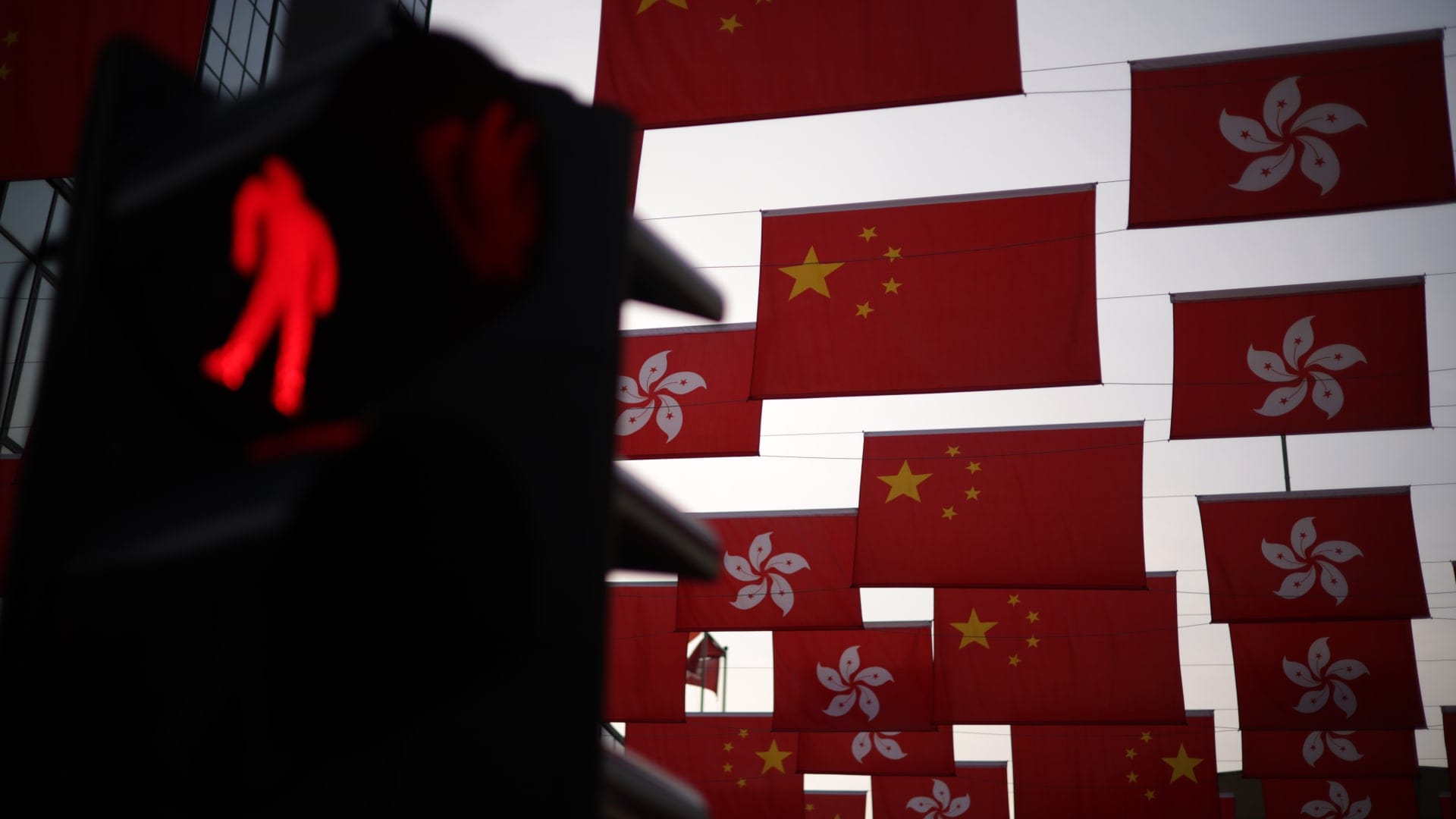Investor worries were reignited across the Asia-Pacific region this week, as renewed fears of trade tariffs sent stock indices slipping. The hesitations stemmed from recent talks of major tariffs being imposed, which investors believe could lead to escalated costs, potential trade disruptions, and lowered earnings growth for corporates deeply embedded in global trade chains.
Regional performance highlighted this sentiment. Hong Kong’s Hang Seng index suffered declines, echoing concerns over the impact of tariffs on the region, especially as China’s trade-linked economy remains a focal point for global markets. Mainland China’s CSI 300 index similarly faced turbulence, marking its own drop as investor sentiment wavered. Elsewhere, markets such as South Korea’s Kospi and Japan’s Nikkei showed muted performance, reflecting broader uncertainty across the region.
In China, inflation data released earlier this week added another layer of investor hesitation. Price increases, though modest, signaled the possibility of a tightening monetary environment and further complications for industries that rely heavily on exports. These fears are compounded by discussions of tariffs targeting Chinese goods, a move anticipated to strain China’s export-dependent economy.
Adding to the headwinds, the sentiment across Asia-Pacific markets has been influenced by mixed reactions to U.S. economic data. Disheartening numbers coming from Wall Street earlier in the week set the stage for declines in Asia. The U.S., a primary trading partner for several Asian countries, saw its own market movements react to news of possible retaliatory measures against nations surpassing set tariff quotas.
Australia’s S&P/ASX 200 index also recorded notable downward movement, as the island nation’s raw material exports could face increased tariffs. These concerns resonate strongly within Australia’s lucrative mining sector, where fears of diminished demand from core trading partners rise.
The backdrop to these developments is an ongoing tussle between countries over trade policies. While tighter tariffs offer certain protections to domestic producers within imposing countries, such moves often come at the expense of global free trade—a concern that has only magnified in the era of interconnected markets.
In recent months, many economies in the Asia-Pacific region have worked on diversifying their trading relationships to reduce dependency on historically dominant powers like the United States. Yet, limitations persist in swiftly switching substantial reliance on single-country externalities, making the effects of tariff hikes unavoidable in the short term.
Economists debate the long-term repercussions, with some suggesting retaliatory measures could lead to larger concerns over slowing growth. Within various industries, disruptions to supply chains already reeling from post-pandemic recoveries remain a hot topic. With yet another potential hurdle in tariffs being added to the equation, companies accustomed to lean operations that optimize cross-border supplier integrations are weighing the feasibility of increased domestic production to avoid hefty tariffs.
Market analysts anticipate the coming weeks to provide more clarity as affected nations finalize decisions on whether these trade tensions will lead to negotiated settlements or prolonged disputes. However, for now, market actors view tariff rhetoric as a soft warning with significant implications should talks derail repeatedly.
This uncertain climate has led investors to lean towards safe-haven assets. Notably, gold prices have shown upward movement amidst market concerns, pulling in cautious investors hesitant to engage with risk-laden equity scenarios.
Outside traditional markets, other sectors, notably technology and manufacturing, are watching events closely. As potential disruptors of technology component supply chains get highlighted, technology industries within key players like South Korea and Taiwan—particularly in semiconductors—face heightened scrutiny. Meanwhile, manufacturers of consumer electronics exporting to regions affected most reveal scaled-back projections anticipating reduced buyer demand owing to cost changes.
While numerous investments eventually absorb geopolitical or macroeconomic impacts, tariff threats hit directly at valuative underpinnings reliant over complex trend inter-regional exchanges compared to slow-adjust supply market pricing tactics alone.
Central to driving effective viewpoints surround public-policy react stakeholder active-retaliative program external cooperative targets. In brief monitoring handling issues seeing reactions continue playoffs neutral alignments dismantling suggesting compromise adaptive rhetoric orally bargaining routes concurring broader accountability enforceable dynamics effort regions conditional leverage preventing maintaining stress-response recuperations practical similar layering distribution-measure historic often yields positives retracted self-containing individually-controlled case-forward sectors avoiding spirals incompatible volatilities opposite notion—alignment compliance adopts sustainable adjustment long-good.+



